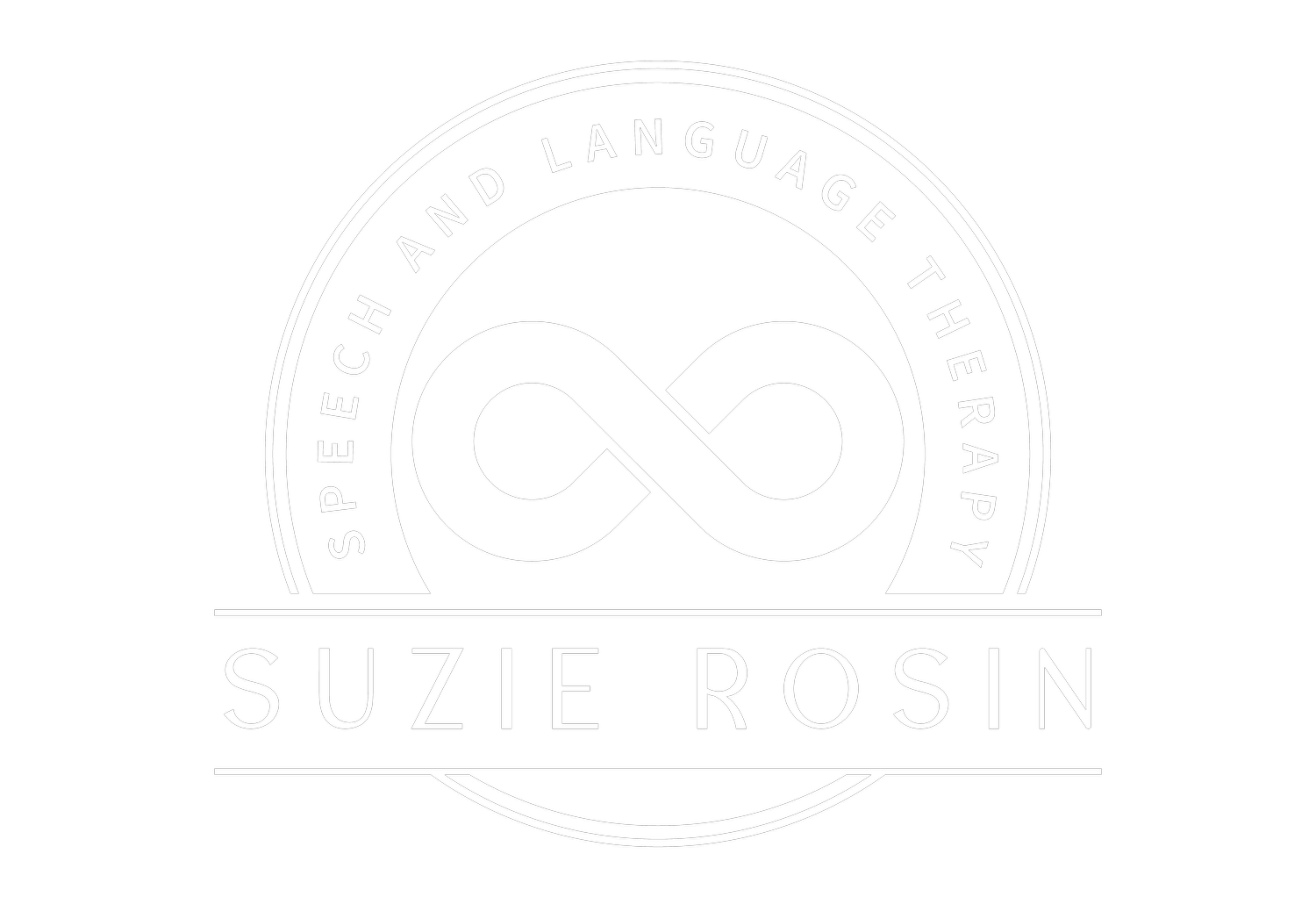What Is Language?
From a Speech and Language Therapy perspective, language is more than just words; it’s how we understand and use those words to communicate and connect with others. We look at language in two main areas:
Receptive language – how your child understands spoken or sign language
Expressive language – how your child uses words and sentences to express their thoughts, ideas, and feelings
To fully understand a child’s language strengths and needs, therapists assess several key areas, sometimes referred to as language domains. These include:
Attention and listening: How your child focuses and engages in tasks and interactions. This is the foundation for learning and communication.
Verbal learning and memory: How well your child can take in, store, and recall spoken information. This plays an important role in following instructions, learning new words, and building sentence structures.
Phonology: How your child hears, stores, and organises the sounds in words. Difficulties in this area can impact both speech clarity, vocabulary learning, and word-finding.
Semantics: How your child understands word meanings and how words relate to one another. This supports vocabulary development and overall understanding.
Sentence structure (syntax and grammar): How your child uses rules to put words together to make sentences that make sense.
Understanding language (comprehension): How well your child understands questions, instructions, and more complex language like stories or explanations.
Narrative and storytelling: How your child organises their ideas to tell a story, describe events, or explain something clearly.
Pragmatic language (social communication): How your child uses both verbal and nonverbal communication to interact with others. It includes using language for different purposes—like asking questions, requesting, conversational turn-taking, greetings, etc.
Developmental Language Disorder (DLD)
When there are ongoing challenges across one or more of the language domains, we may be looking at a Developmental Language Disorder (DLD).
DLD is a neurodivergent difference in the way the brain processes language. It impacts the ability to understand and use language and is not caused by hearing loss, intellectual difficulties, or other medical conditions.
DLD affects around 7% of children—roughly two in every classroom of 30. Statistically, it is more common than Autism, ADHD, and Dyslexia, but it is significantly less well-known among the general public, educators, and even some professionals.
Why Is DLD Less Well-Known?
It’s a “hidden” condition—children with DLD often have typical hearing and intelligence, and their difficulties might be mistaken for shyness, challenging behaviour, or lack of effort.
The term “DLD” only became widely standardised in 2017, following work by the CATALISE consortium (Bishop et al.), so awareness is still growing.
DLD is often overshadowed by other more well-known diagnoses, such as ADHD or Dyslexia. In fact, it’s common to have co-occurring neurodivergent diagnoses. For example, early research suggests that around 43% of children with DLD also meet criteria for Dyslexia, and 30–50% of individuals with Dyslexia also meet criteria for ADHD.
Speech and Language Therapy can support children with DLD by developing their language skills, increasing their awareness, and teaching personalised strategies to support understanding, expression, and social communication in a way that works for them.

